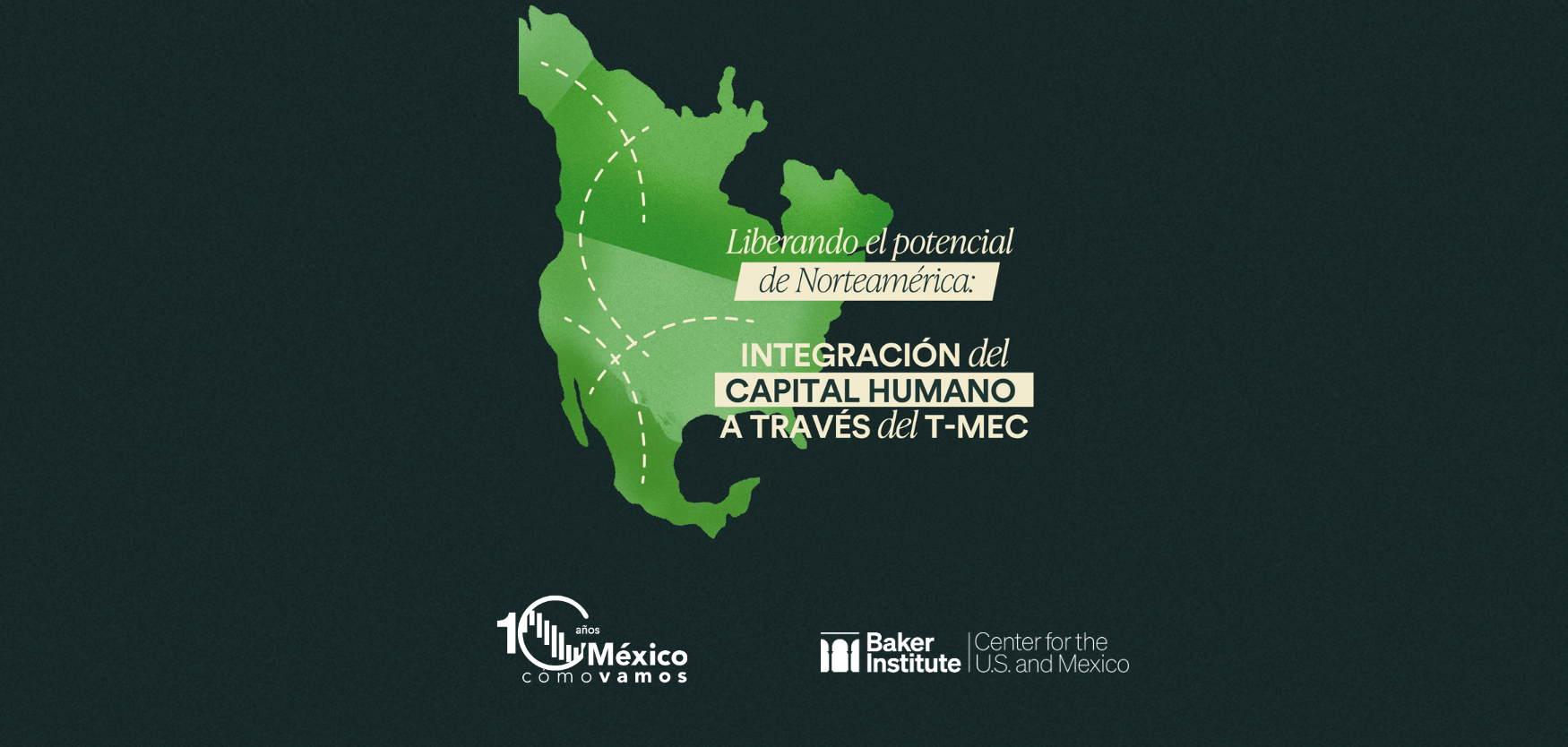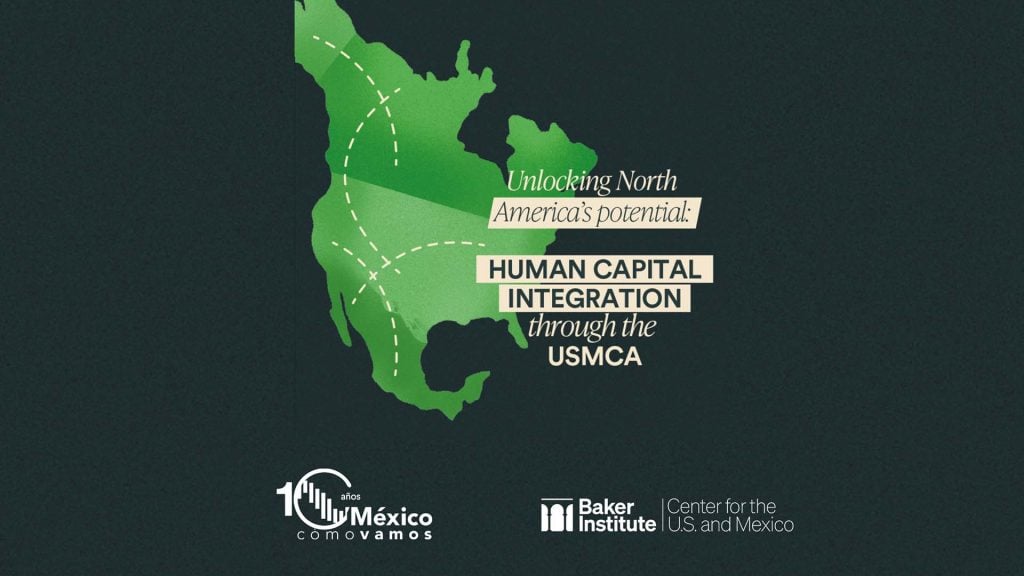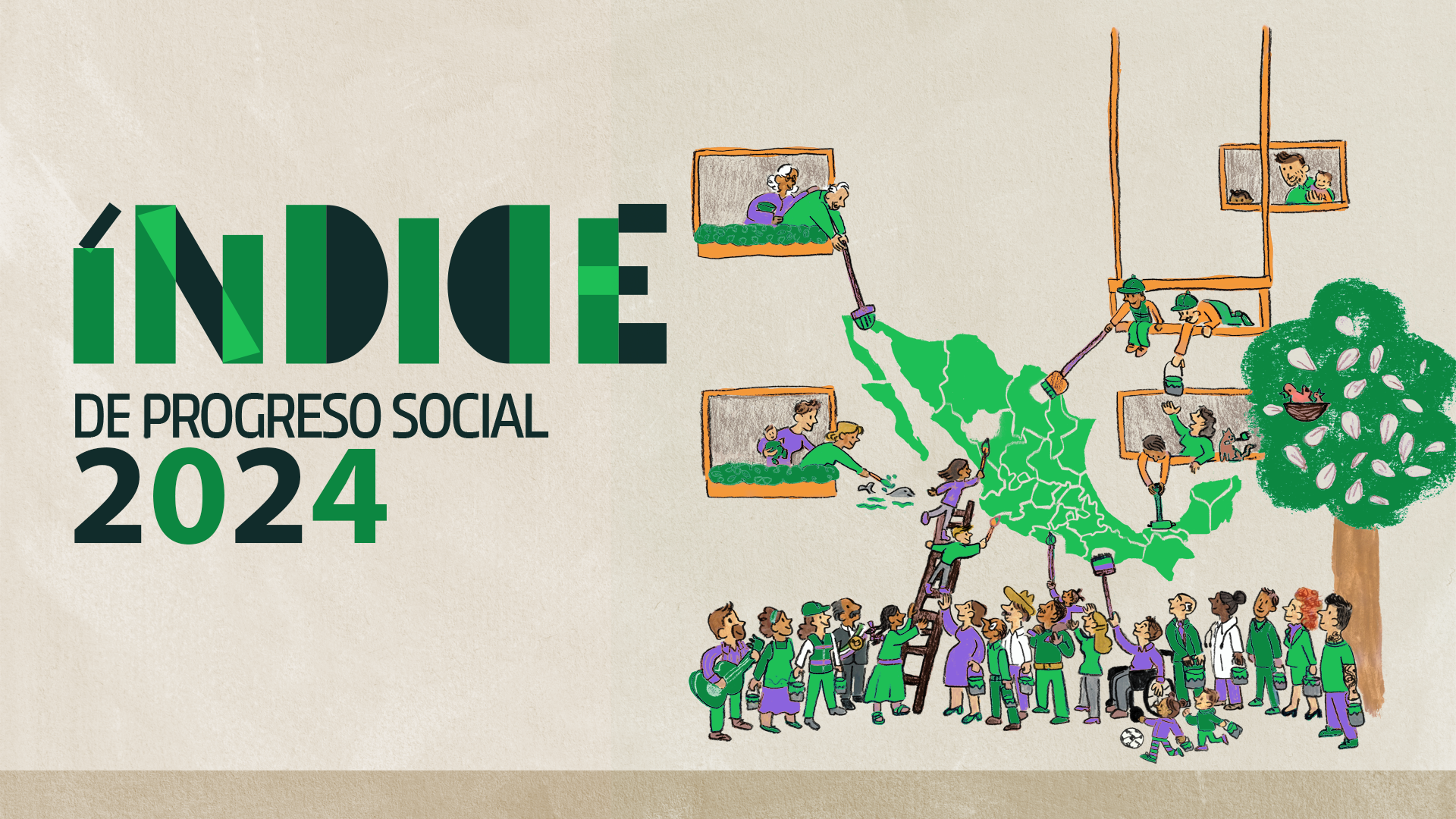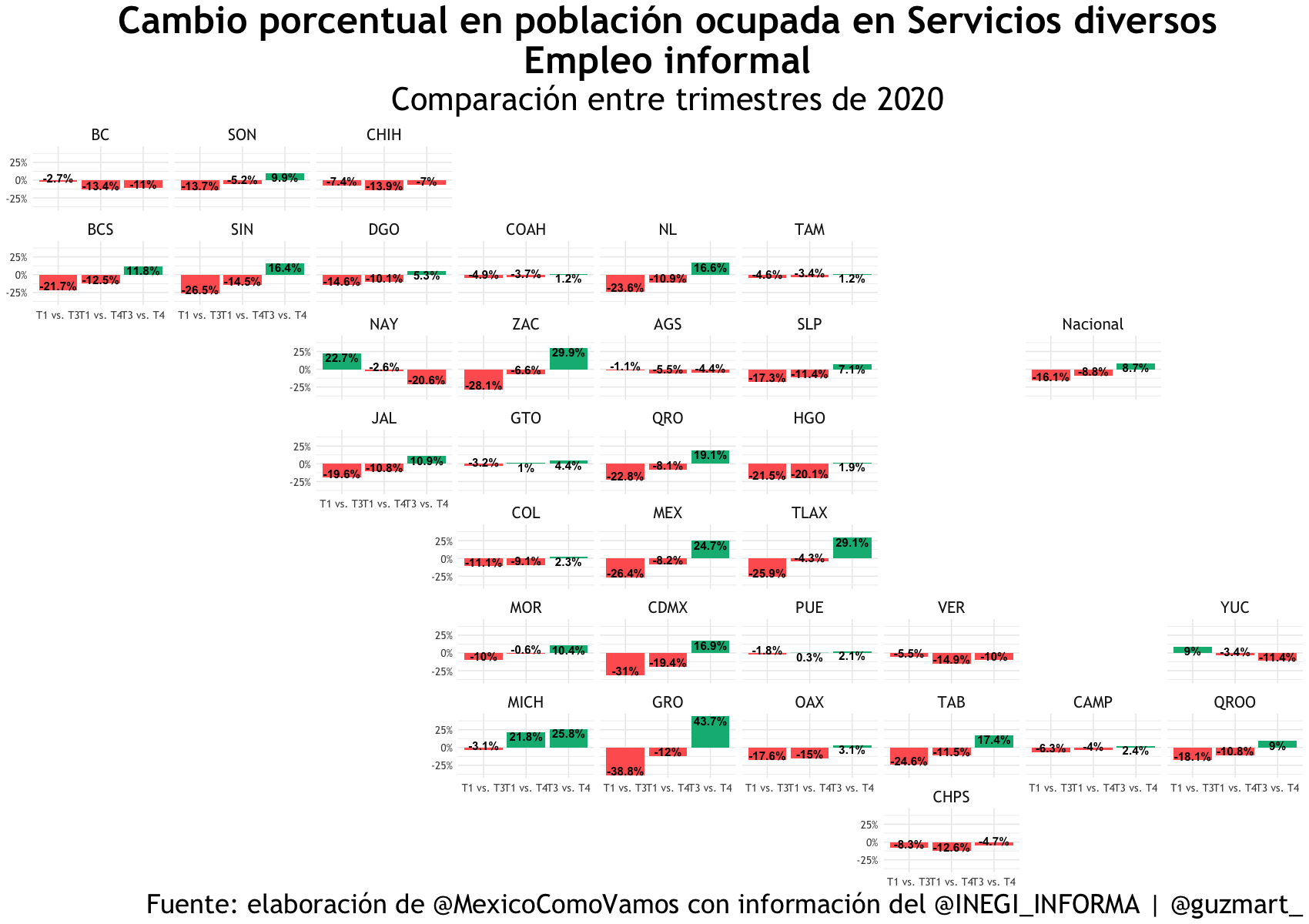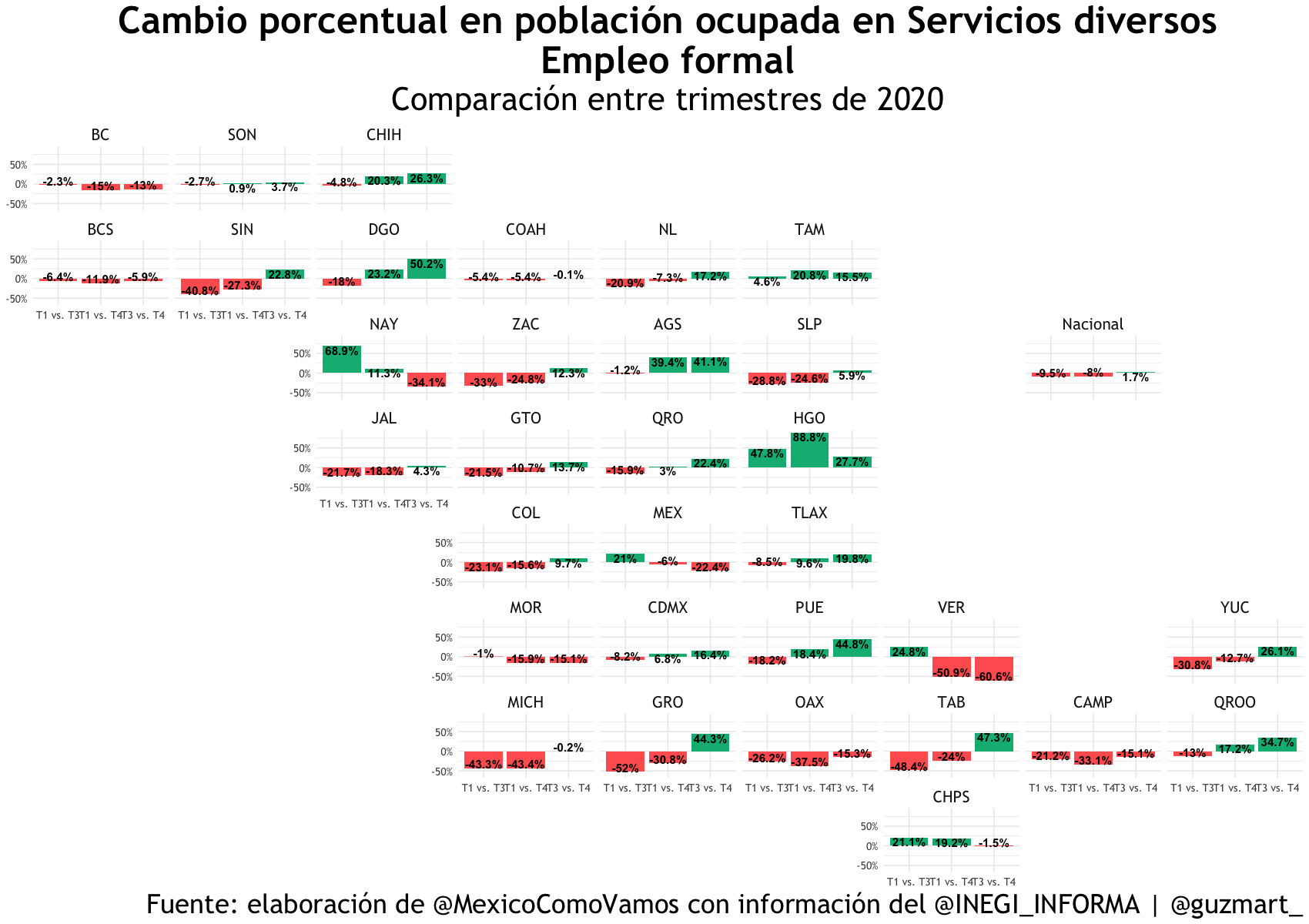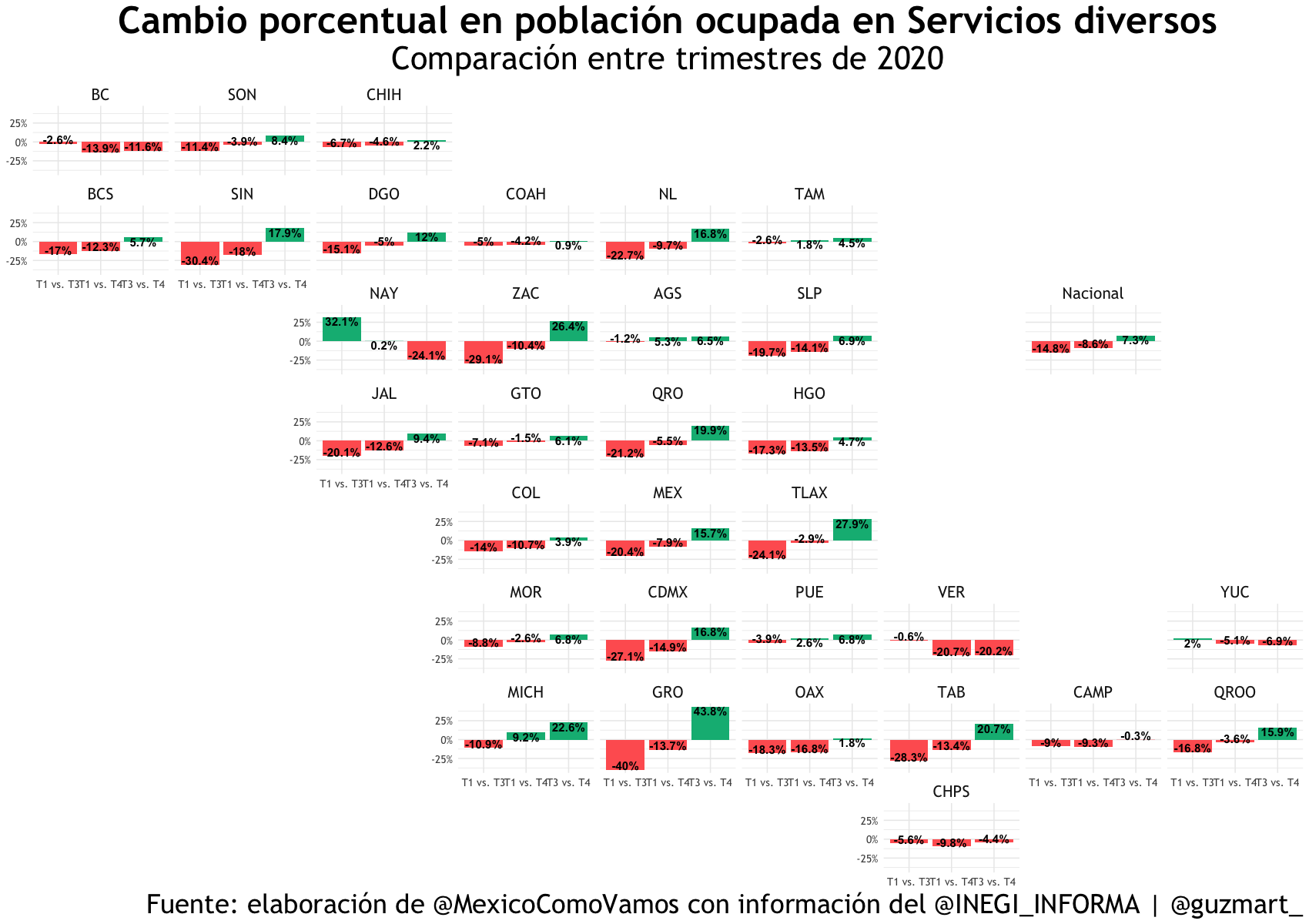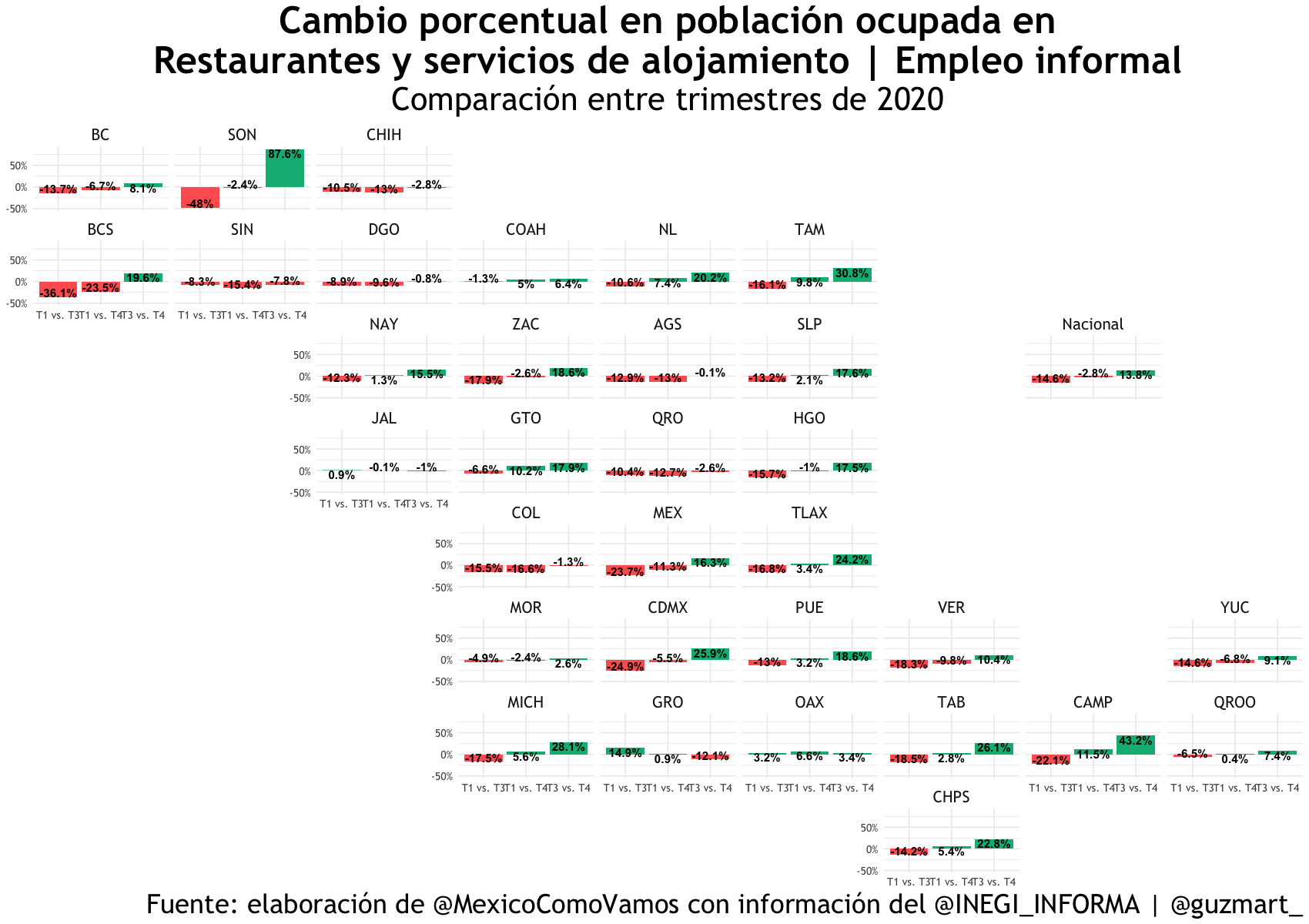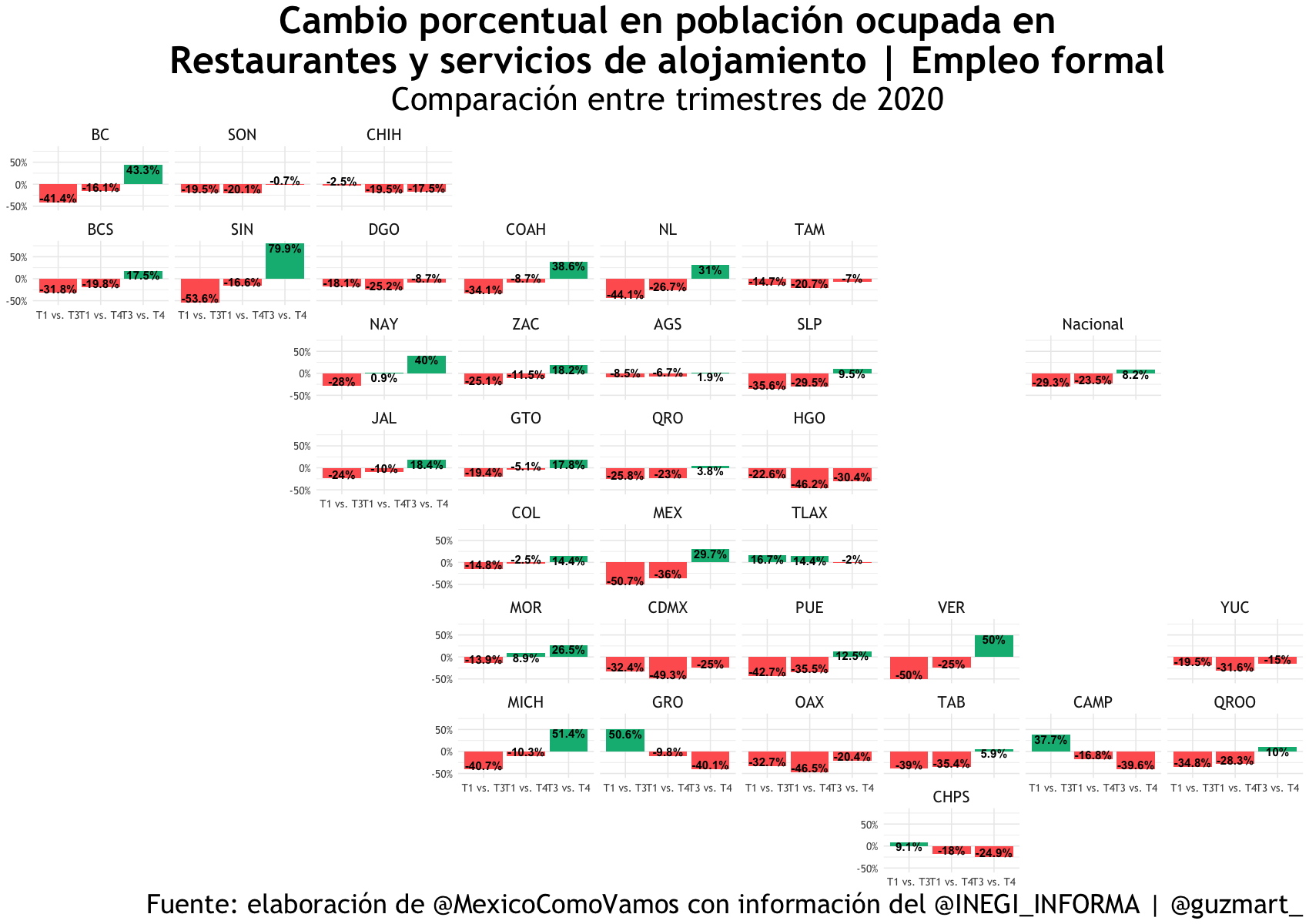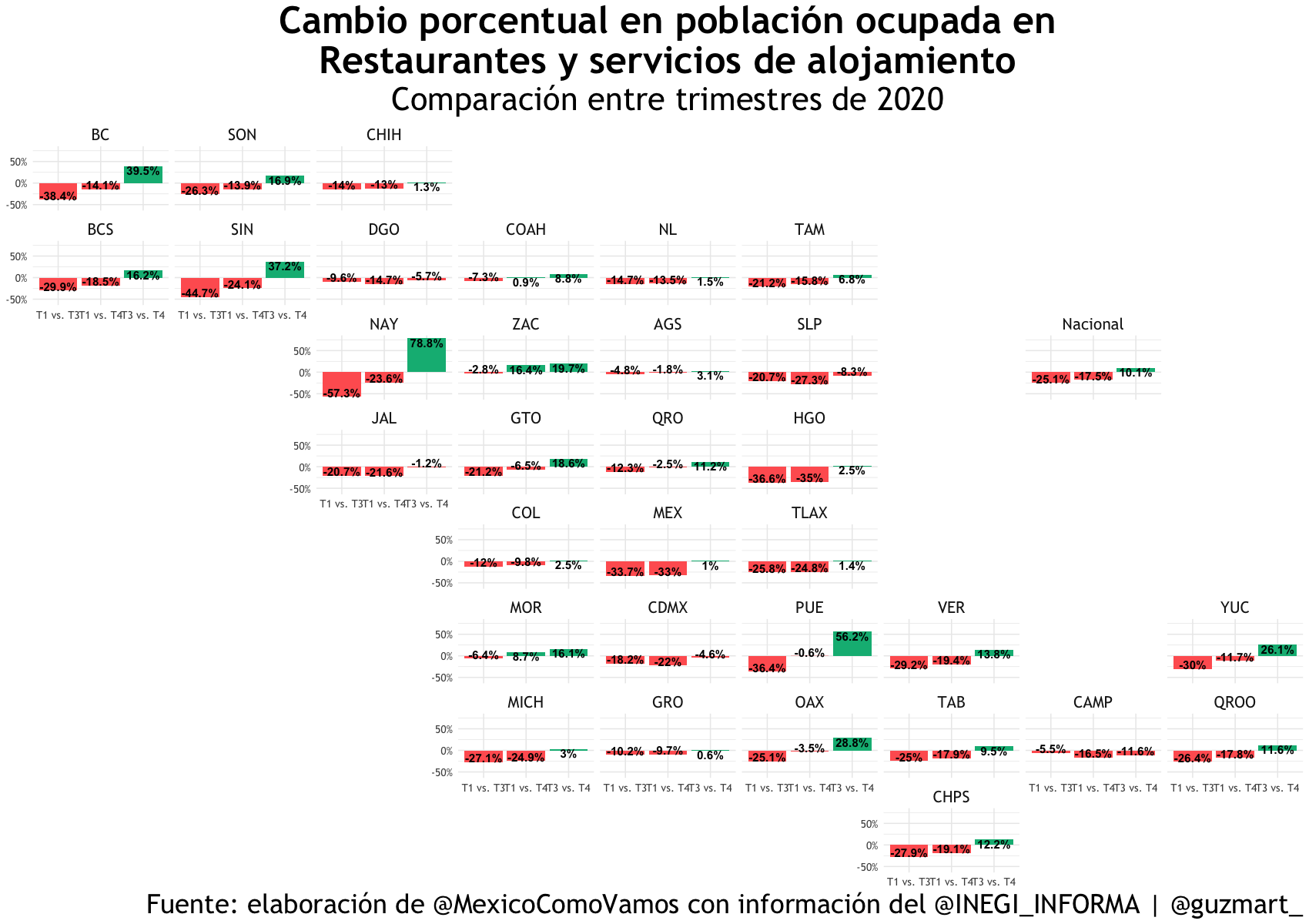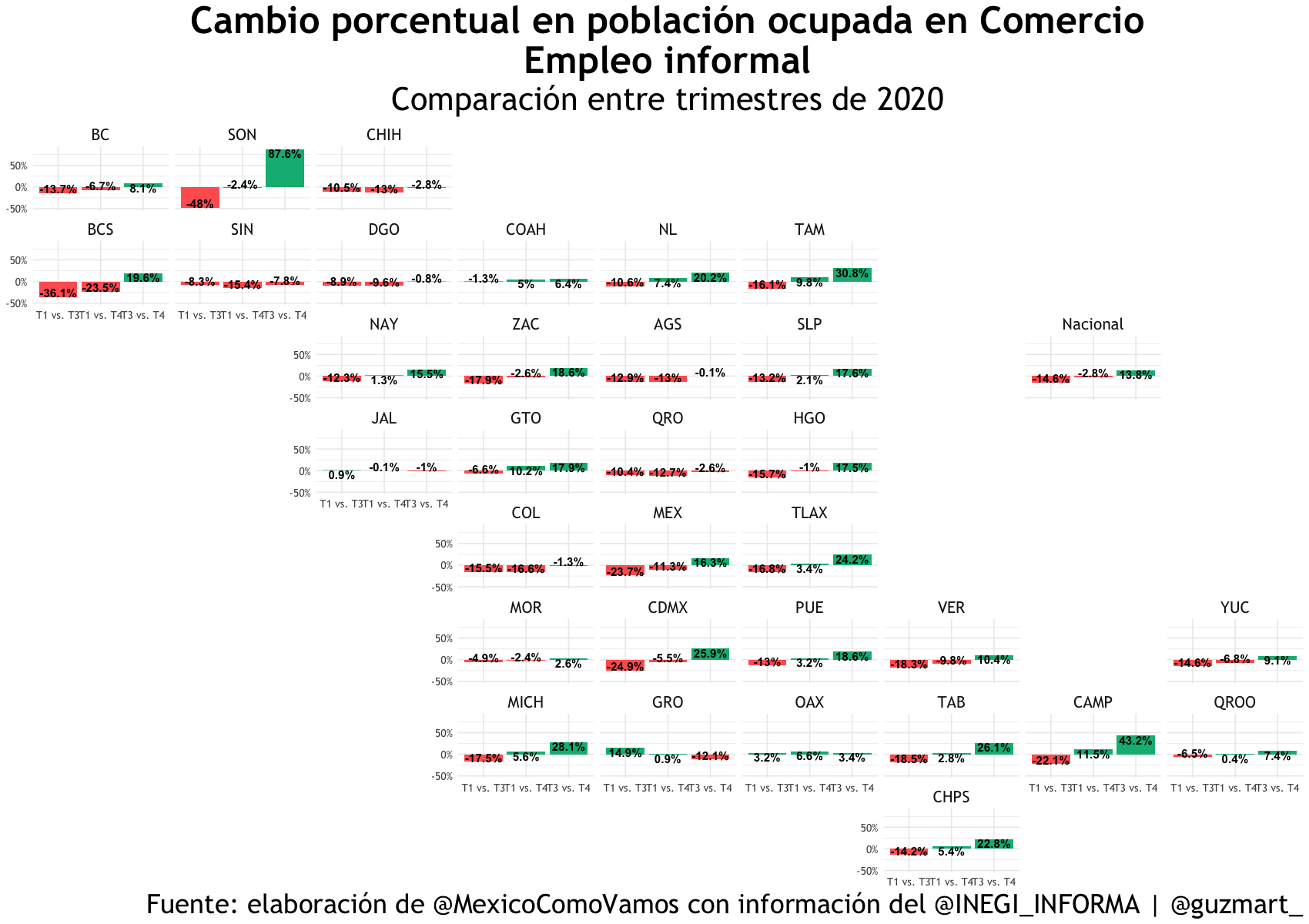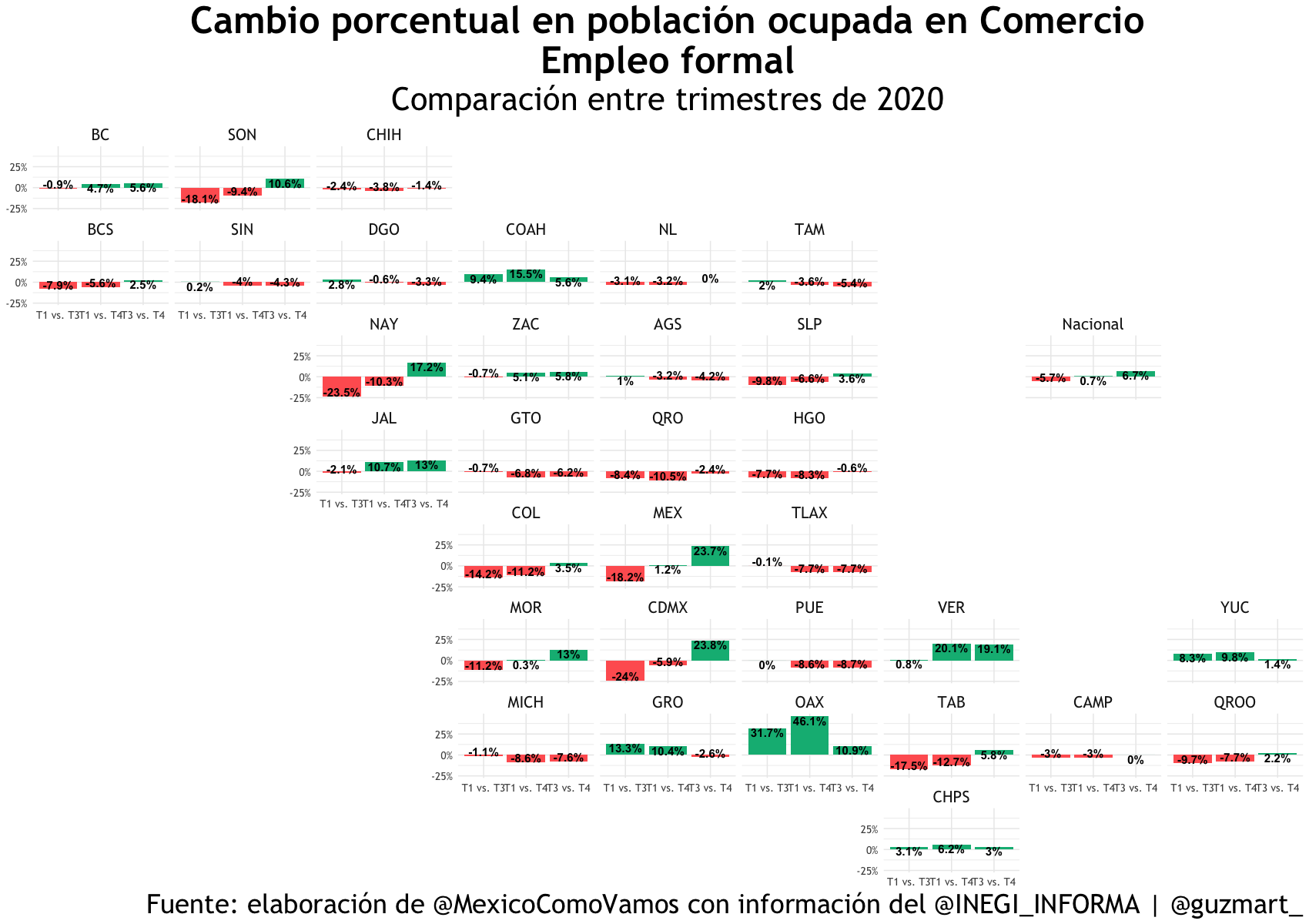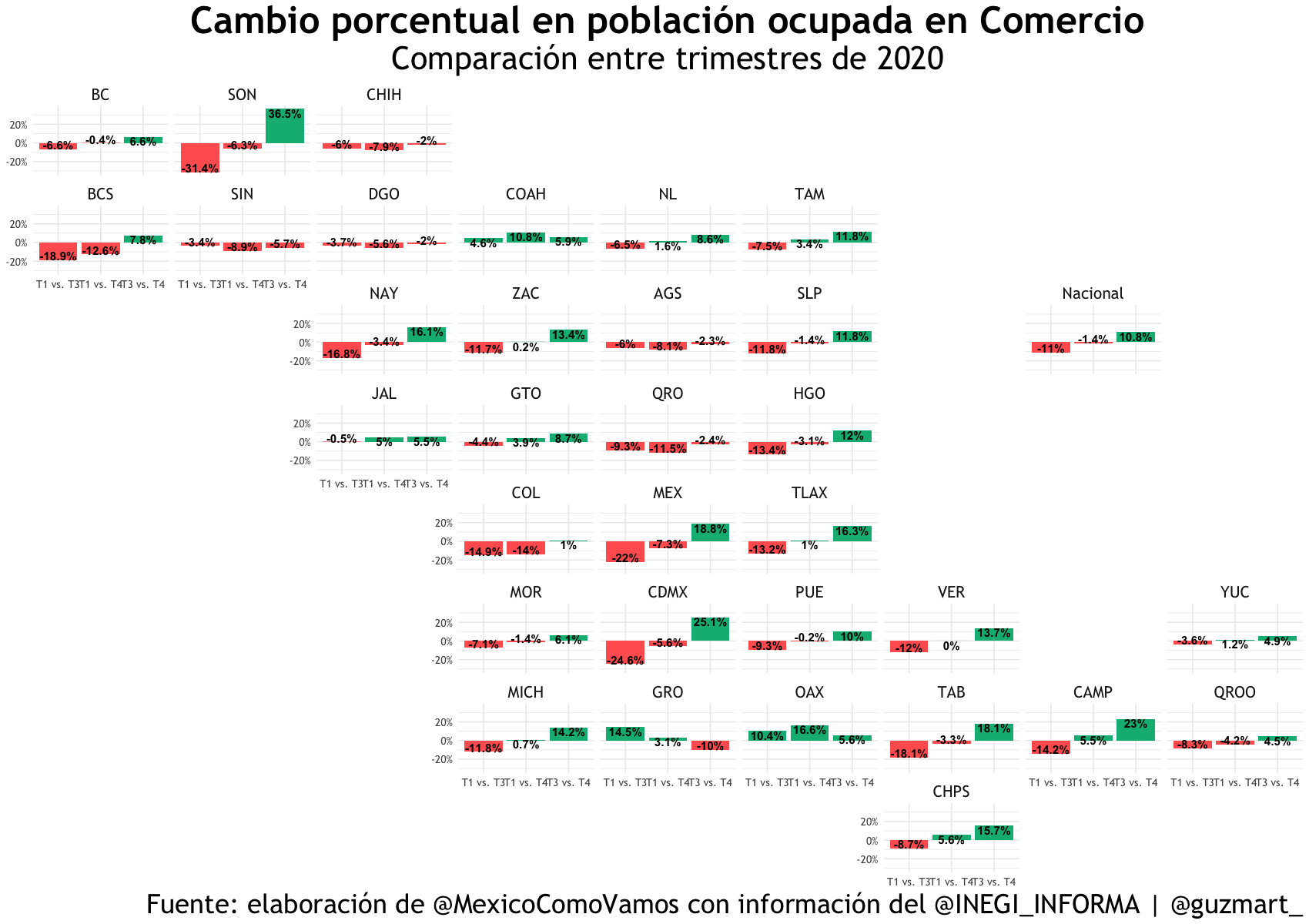
The implementation of the North American Free Trade Agreement (NAFTA) in 1994 matched with an increase in migration flows from Mexico to the United States. This increase was driven by the economic crisis that Mexico had experienced that same year, and by the extensive family and social networks Mexicans had already established in the United States, facilitating crossings. Migrants were no longer only heading to California, Texas, and Illinois, but also to other states such as Colorado, Florida, Georgia, Virginia, and North Carolina.
Since the beginning of the 21st century, while the number of Mexican migrants to the United States continued to grow, it did so at a slower pace. Between 2006 and 2015, there was a drastic decrease in migration flows, even reaching a net migration of zero, meaning more Mexicans were returning to Mexico than those leaving to the United States. This was because of several factors, such as the economic slowdown in the United States following the 2008 financial crisis, a more aggressive political and social context towards immigration from Mexico, a significant increase in deportations, and demographic and social changes in Mexico, such as a decrease in birth rates and relative improvements in access to basic essential services.
However, there has been a renewed increase in migration flows from Mexico to the United States in recent years. This phenomenon could be due to the rapid post-pandemic economic recovery, but also to Mexico’s persistent structural challenges, such as poverty, inequality, lack of quality job opportunities, and, especially, the growing violent atmosphere permeating the country, particularly in states like Guerrero, Guanajuato, Michoacán, and Tamaulipas.
During the second half of the last century, there was a significant paradox between the reality and U.S. border and immigration laws. The restrictions imposed by the U.S. on legal migration options were not aligned with a change in the demand for migrant workers, nor were the social and labor networks that facilitated these flows dismantled. As a result, migration from Mexico to the United States continued, but now under the status of “undocumented,” according to U.S. authorities. As a result, millions of Mexicans ended up living and working in the United States in irregular, vulnerable, and clandestine conditions.
In recent years, the complex diplomatic agenda between the two countries has been divided into two broad thematic umbrellas: economy and security. Within each umbrella, various topics are established and are usually negotiated separately to avoid stalling negotiations on simpler issues with contentious ones.
The United States has included the migration topic in the security agenda, mainly due to Washington’s national security concerns following the 9/11 attacks in 2001, and the subsequent creation of the Department of Homeland Security (DHS).
To ensure national security and deter migration, Washington has focused on strengthening border security under the strategy of the three D’s: “detect, deter, and detain”. Border walls have been built, surveillance has intensified, and the number of agents who have been deployed to the border has increased.
The budget for the Border Patrol increased by almost 2,000% between 1990 and 2023. This budget increase has been escorted by the strategy of concentrating more resources in various “priority areas,” particularly in the urban areas of El Paso and San Diego. Just when the Border Patrol gains control of one part of the border, the phenomenon shifts to another. Border securitization has not achieved the desired results in terms of reducing the flow of undocumented migrants, but it surely has increased the costs and risks that come with the crossing of the border, as migration flows have been rerouted to more dangerous crossing points.
This strategy has had other consequences on the modalities of Mexican migration. Until the late 1980s, Mexican migration was more circular, meaning that Mexicans would go to the United States, stay for a short period, and then return to their places of origin. This circular and temporary nature of Mexican migration has been lost due to the increased migration costs and the subsequent preference of migrants not to risk crossing the border back to Mexico.
Since 2013, there has been a shift towards humanitarian migration, with an increase in asylum seekers and the emergence of migrant caravans. This has overwhelmed U.S. immigration authorities’ capacities, particularly Immigration and Customs Enforcement (ICE) and Customs and Border Protection (CBP). The United States responded with a more restrictive border infrastructure and increased Border Patrol personnel. In other words, they continued with the same strategy to address a phenomenon that had already changed. As expected, it was not a practical solution.
Since then, we have seen continuous back-and-forth in migration crises. Given the inability to reach a bipartisan agreement in Washington to address the issue comprehensively, the problem has been exported to Mexico through policies like the “Migrant Protection Protocols,” better known as “Remain in Mexico,” where non-Mexican asylum seekers are sent to wait in Mexican territory, while their cases are resolved.
It is important to note that despite strict U.S. immigration policies and the Mexican government’s cooperation to curb migration flows, the U.S. economy remains dependent on Mexican labor in crucial sectors, such as agriculture and construction, creating a contradiction between the demand for workers in the country and their restrictive immigration policies.
With the healthy state of the U.S. labor market, reflected in unemployment rates below 4% during 2023, Americans today have many options to choose which jobs they want to do, often rejecting positions that pay between $15 and $18 per hour. Additionally, with such a low unemployment rate, it is very easy to change jobs, resulting in a growing deficit of skilled labor, particularly in professions like nursing. Currently, the United States has over 1.2 million vacancies in the healthcare sector, 200,000 vacancies for bus or truck drivers, and a labor shortage in construction and hospitality, among other sectors.
The inefficacy in securing the border and containing migration flows, and the disconnection between restrictive immigration policies and the needs of the U.S. labor market, suggest that the migration topic must be viewed from a much broader perspective rather than strictly through a security agenda.
Migration is not a problem to be solved, but a phenomenon to be managed. Therefore, fostering a close and constructive collaboration between Mexico and the United States is crucial, balancing economic needs with regional security and migrants’ human rights.
Click on the postcard below to go to the site.
